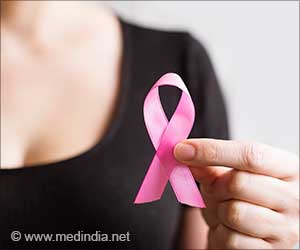By using efficient physician assistants and nursing practitioners - health care aid might not be as shorthanded as predicted. An additional over cap course might be the answer.

Although Schools like South College have been adjusting programs to increase graduates, it seems unlikely that they will be able to meet the demand.
It is estimated that by 2025 there will be a shortage of more than 50000 physicians – not only due to the aging population but also due to insurance expansion under the Affordable Health Care.
Sharon Adkins, MSN, RN, executive director of the Tennessee Nurses Association said that in 2010, practice nurses took over more than 58% of the Medicare services in Tennessee.
“So nurse practitioners do provide a lot of care in this state,” she said. “They should have full practice authority.” Each state has its own specific rules; in Tennessee nurse practitioners can provide care except for prescription of medicines or invasive procedures.
Efforts are underway to ease laws and allow nurses and assistants to use the full extent of their education and training. “We are constantly trying to remove barriers to the scope of practice. The organized medicine in this state does not embrace that concept,” said Adkins. “Existing research suggests that NPs can perform a subset of primary care services as well as or better than physicians. Expanded utilization of NPs has the potential to increase access to health care, particularly in historically underserved areas,” the paper states. Nurse practitioners and physician assistants are important in the care delivery team at Summit Medical Group, Chief Medical Officer Dr. Randy Curnow said.
Advertisement
“We’re very much in the transition of working more toward an interdisciplinary educational system,” said Stowers, president of the American Osteopathic Association. “All of these students have to work together to work in a team to come up with a solution for that patient — in other words, a health care solution. That’s the kind of interaction that’s going to have to happen in the real world if we’re going to provide high-quality, efficient health care.”
Advertisement
“All of us are trying to do what we can. No one has a crystal ball to see exactly what health care predictive models will be. I think what we’re trying to do is provide educational excellence. The product we’re turning out is superb. The question is are we turning out enough and are more going to be needed.”
References:
Hannah Punitha (IRDA Licence Number: 2710062)
Carly Harrington, June 2013
Source-Medindia








